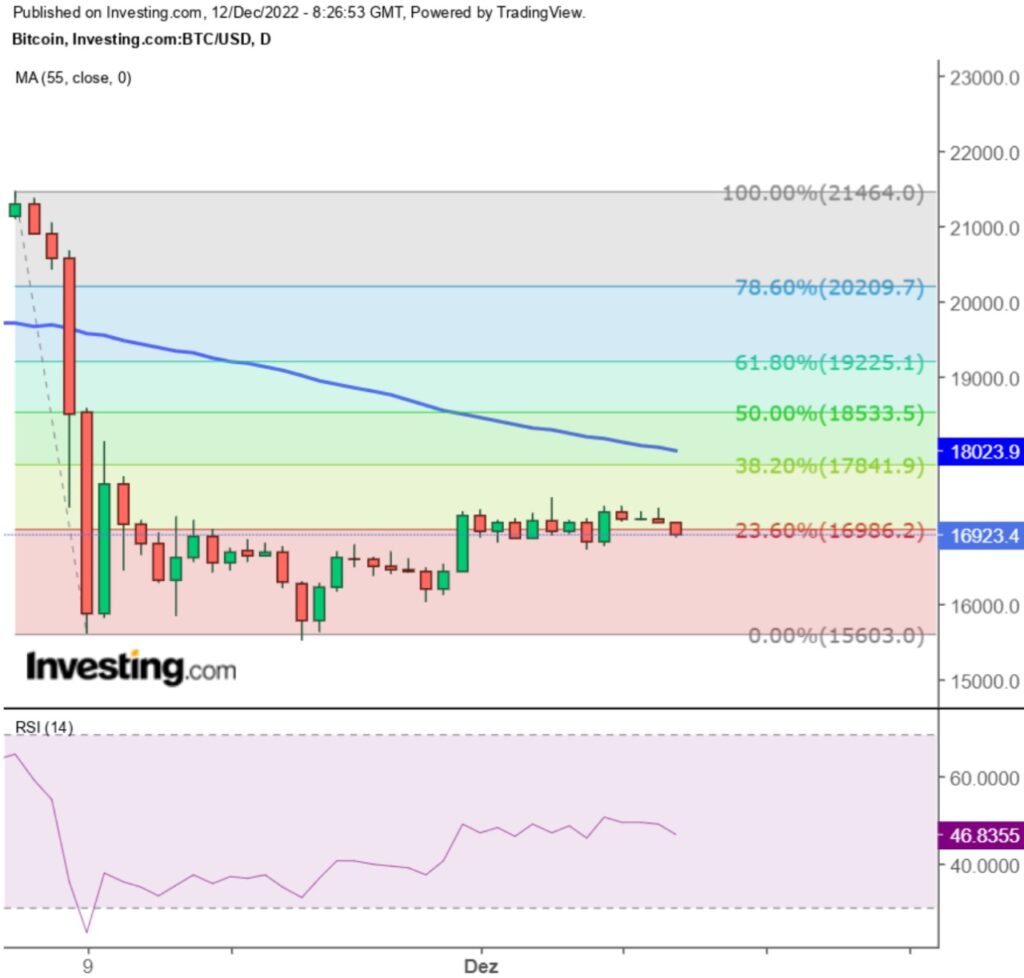Although higher time frames are still fascinating, the bullish cryptocurrency momentum faded when Fed Chair Powell dashed investors’ hopes that a favourable CPI report would cause a trend change.
After Federal Reserve Chairman Jerome Powell struck a surprisingly restrictive tone during his tenure, the cryptocurrency market plunged into resistance against a “positive” Consumer Price Index (CPI) report this week. , reversed most of those rises. Rate hike presser.
The Fed raised interest rates by 0.50%, which was within the expectations of most market participants. inflation target.
This threw cold water on traders’ lustful dreams of a Fed policy inflection point in the first half of 2023, and the waning of sentiment was felt across crypto and equity markets.

What do you think of those apples?
It is therefore not unexpected that the price behaviour and market structure of BTC and ETH appear to be identical in smaller time frames.
https://twitter.com/search?q=%23CRYPTOCURRENCY
Therefore, even though recent gains were reversed by the markets due to negative news, has anything genuinely “changed”? Both Bitcoin and Ether are still trading within their established ranges, and neither asset has recently hit new yearly lows.
When in doubt, zoom out, as they say. To get a better understanding of the situation, let’s quickly accomplish that.
If in doubt, zoom out!
On the weekly timeframe, Bitcoin is still bouncing off a falling wedge. This is a classic technical analysis pattern that tends to be bullish. The price is almost the same as expected based on technical analysis.
Resistance is expected at the 20-MA, which is in line with the downtrend line. The volume profile metric shows a lot of activity in the $18,000 to $22,500 range, with the lower arm of the falling wedge acting as support so far.
We saw a similar price movement from May 2021 to July 2021, but of course, the situation is completely different. There is a divergence between MACD and RSI. In short, the price is trending down and the MACD and RSI are trending up on the weekly timeframe, which might be worth your attention.
The weekly timeframe is one of my favourites because candles build gradually and trends, whether bullish or bearish, is quite simple to identify and confirm. Instead of spending endless hours poring over four-hour, one-hour, and daily charts, it is simpler to develop a strong investment thesis for the weekly period.


















